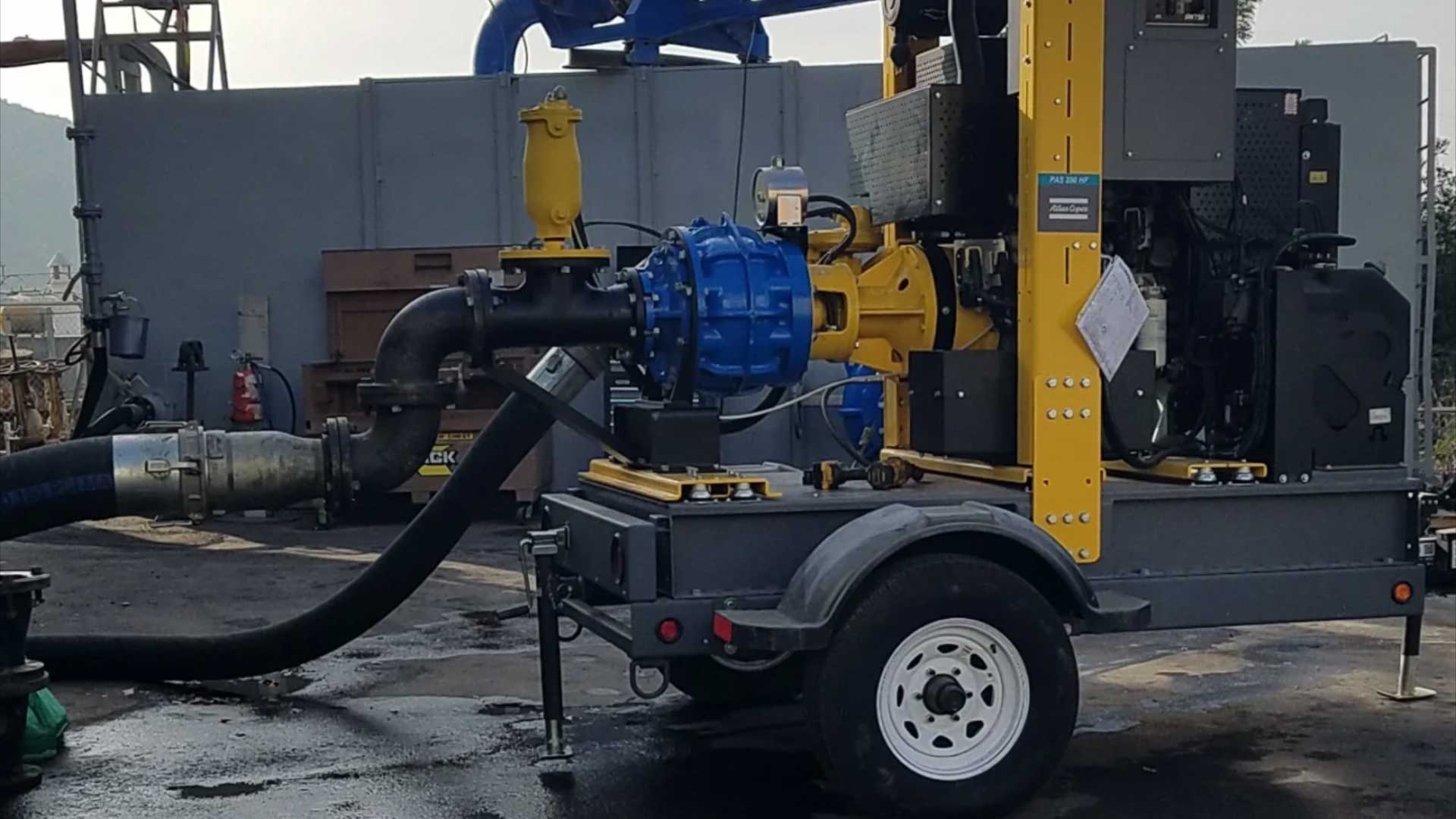
Suction Piping Design Principles for Self Priming Pumps
Effective suction piping design is essential to maximize the performance and reliability of self priming pumps. When applied correctly, these principles help prevent airlocks, reduce suction losses, and ensure smooth operation across municipal, industrial, and field-based installations. Whether deployed in fixed installations or mobile units, self priming pumps depend on stable inlet conditions to maintain a consistent priming cycle and protect mechanical components.
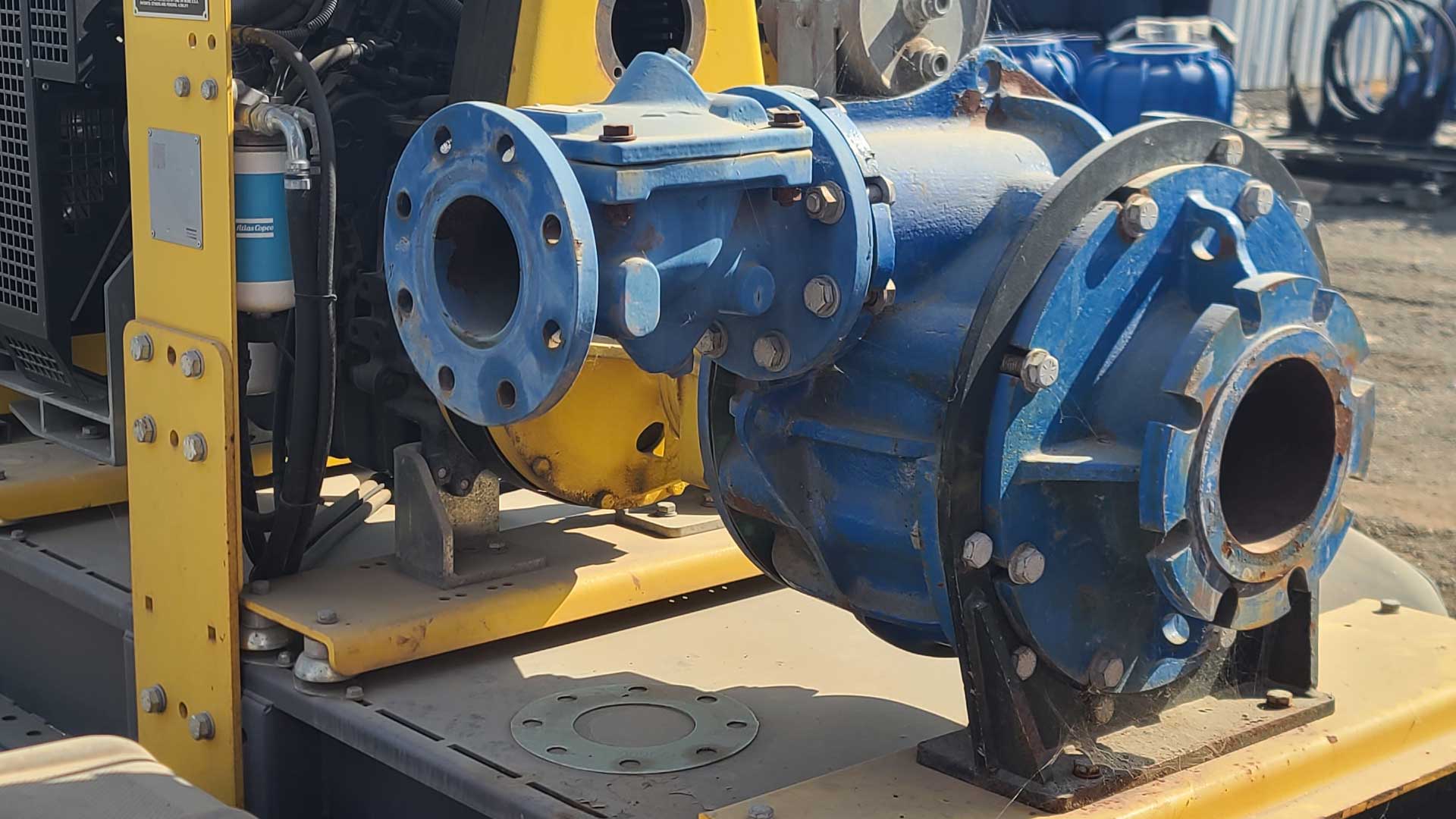
A fundamental best practice is to maintain a straight run of pipe leading into the pump’s inlet, typically five to ten times the diameter of the suction pipe. This straight length reduces turbulence and ensures uniform fluid velocity into the impeller. Without it, the impeller can experience uneven loading, increasing vibration, and reducing the efficiency of self priming pumps. This guideline is especially important in systems using self priming centrifugal pumps, where precise flow conditions are critical for fluid processing reliability.
Proper pipe sizing is another essential consideration. The suction pipe must be equal to or larger than the pump’s inlet diameter. Undersized suction piping increases friction loss, which reduces Net Positive Suction Head Available (NPSHa) and impairs priming ability. In high-demand applications such as construction or stormwater control, self priming trash pumps are frequently exposed to variable flow conditions. For these systems, oversized suction piping helps maintain steady flow and reduces wear from solids or grit that may otherwise settle in slower-moving fluid.
Routing also plays a significant role in system efficiency. Keeping suction piping as short and direct as possible minimizes losses and improves the speed and reliability of priming. In mobile or remote installations using trailer-mounted self priming pumps, tight routing also simplifies setup and reduces the chance of air ingress. In high-pressure washdown or recirculation systems, self priming centrifugal pumps benefit from consistent suction geometry to avoid priming delays and energy waste.
Fluid velocity in the suction line should not exceed 2 meters per second (5–8 feet per second). Higher velocities increase friction losses and the risk of air entrainment, both of which interfere with the self-priming action. Self priming pumps are most effective when suction flow is steady, especially during startup. This is particularly important in rugged operations using self priming trash pumps, where flow conditions change rapidly, and air can easily enter the system.
To prevent air pockets from forming in the suction line, the piping should slope downward toward the pump, with no high points where air could accumulate. Air pockets interfere with the vacuum needed for self priming pumps to lift fluid and initiate flow. For horizontal installations, using eccentric reducers with the flat side on top ensures any air in the pipe moves directly into the pump casing. This is a key design feature in systems that rely on self priming centrifugal pumps for continuous-duty applications.
Ultimately, every aspect of suction line design, from pipe length and sizing to layout and reducer selection, contributes to the reliability and efficiency of self priming pumps. Whether working with abrasive slurries, wastewater, or clear water transfers, maintaining good suction conditions reduces the risk of failures and maximizes uptime across systems using both self priming trash pumps and self priming centrifugal pumps.
Avoiding Air Locks in Suction Lines
Air locks are one of the most common issues that compromise the efficiency and reliability of self priming pumps. They occur when air becomes trapped in the suction line, restricting fluid flow and preventing the pump from establishing the necessary vacuum for priming. For operations that depend on consistent fluid transfer, particularly in large-scale municipal or construction applications, preventing airlocks is critical for keeping self priming pumps running efficiently.
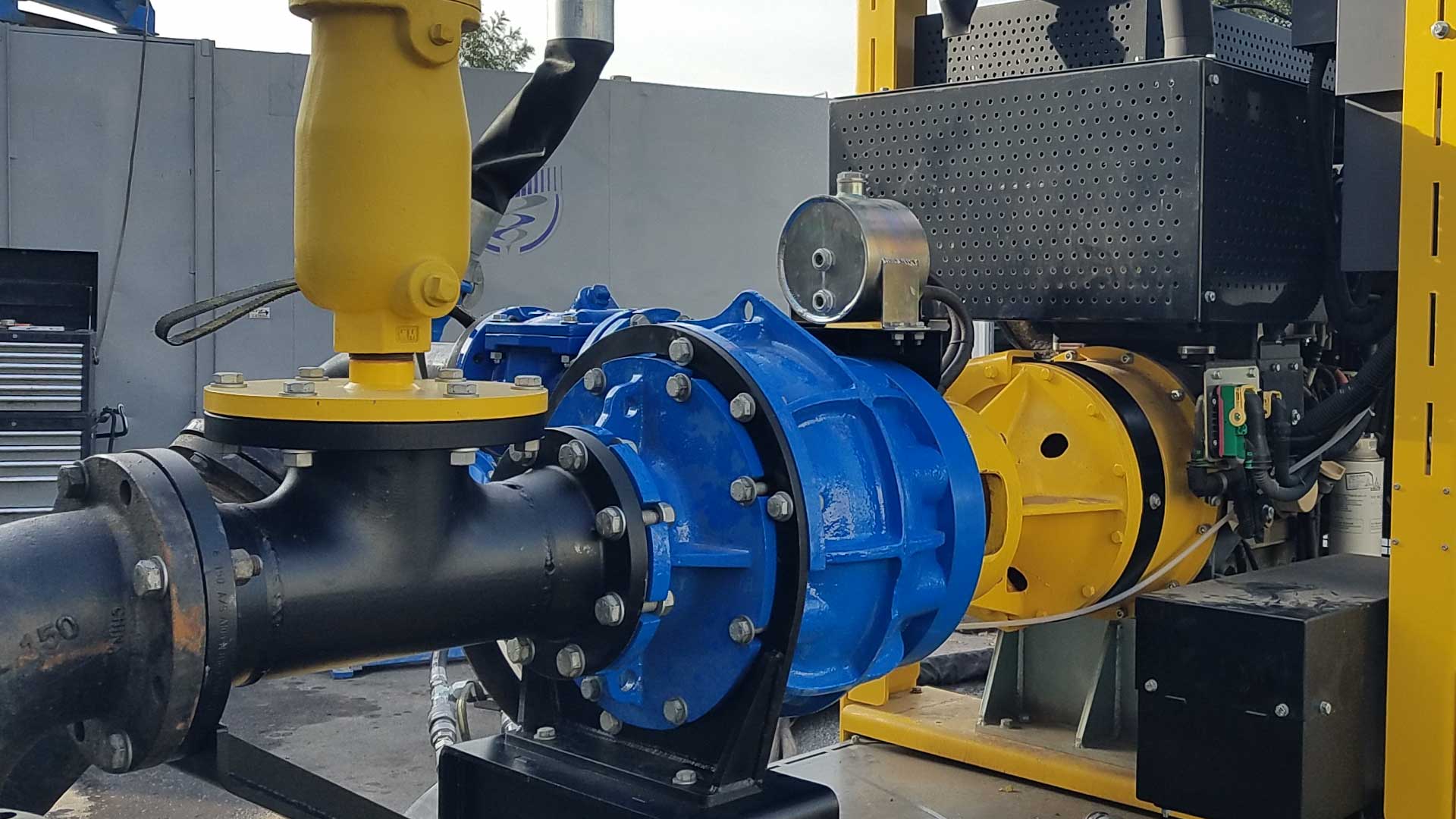
A well-designed suction line layout plays a crucial role in preventing airlocks. One of the primary recommendations is to maintain a continuous downward slope from the fluid source to the pump. This ensures any trapped air naturally moves toward the pump casing, where it can be expelled during the priming cycle. If the piping includes high points, these can trap air and significantly delay the priming process, reducing the performance of self priming pumps during startup and ongoing operation.
In horizontal piping runs, it’s essential to use eccentric reducers with the flat side on top. This configuration helps eliminate the possibility of air pockets forming at the reducer and interfering with suction flow. Even in challenging field conditions, such minor design adjustments greatly enhance the operational consistency of self priming pumps by facilitating smooth air movement into the priming chamber.
Another important practice is to keep the suction piping as short and direct as possible. Long horizontal runs or unnecessary bends increase the chances of air getting trapped. Every fitting, elbow, or vertical rise introduces additional risk factors. In rugged outdoor environments or tight job sites, where self priming trash pumps may be deployed, careful routing ensures quicker priming and faster setup without requiring additional manual intervention.
For fixed installations using self priming pumps, incorporating an air release valve or vacuum-assisted priming device can provide an extra layer of protection against persistent airlocks. These features help vent trapped air during the startup phase and are especially useful in systems with long suction lifts or irregular flow conditions.
Proper fluid velocity also contributes to airlock prevention. Maintaining a low, steady velocity in the suction line allows air to rise and move toward the pump inlet more easily. Higher velocities can churn the fluid and disperse air throughout the line, creating smaller bubbles that are harder to purge. By keeping the suction velocity within the recommended range, self priming pumps can more effectively clear air and establish reliable priming with each cycle.
Ultimately, air lock prevention requires attention to layout, elevation, reducer placement, and flow control, all factors that directly influence the dependable performance of self priming pumps in both mobile and stationary systems.
Elevation and NPSH Considerations for Self Priming Pumps
Proper management of elevation and Net Positive Suction Head (NPSH) is essential to ensure optimal performance of self priming pumps. These pumps operate by creating a vacuum inside the casing, which allows atmospheric pressure to push fluid into the suction line. If elevation or available NPSH (NPSHa) is not properly calculated, the pump may struggle to draw fluid-especially in systems with inconsistent suction conditions.
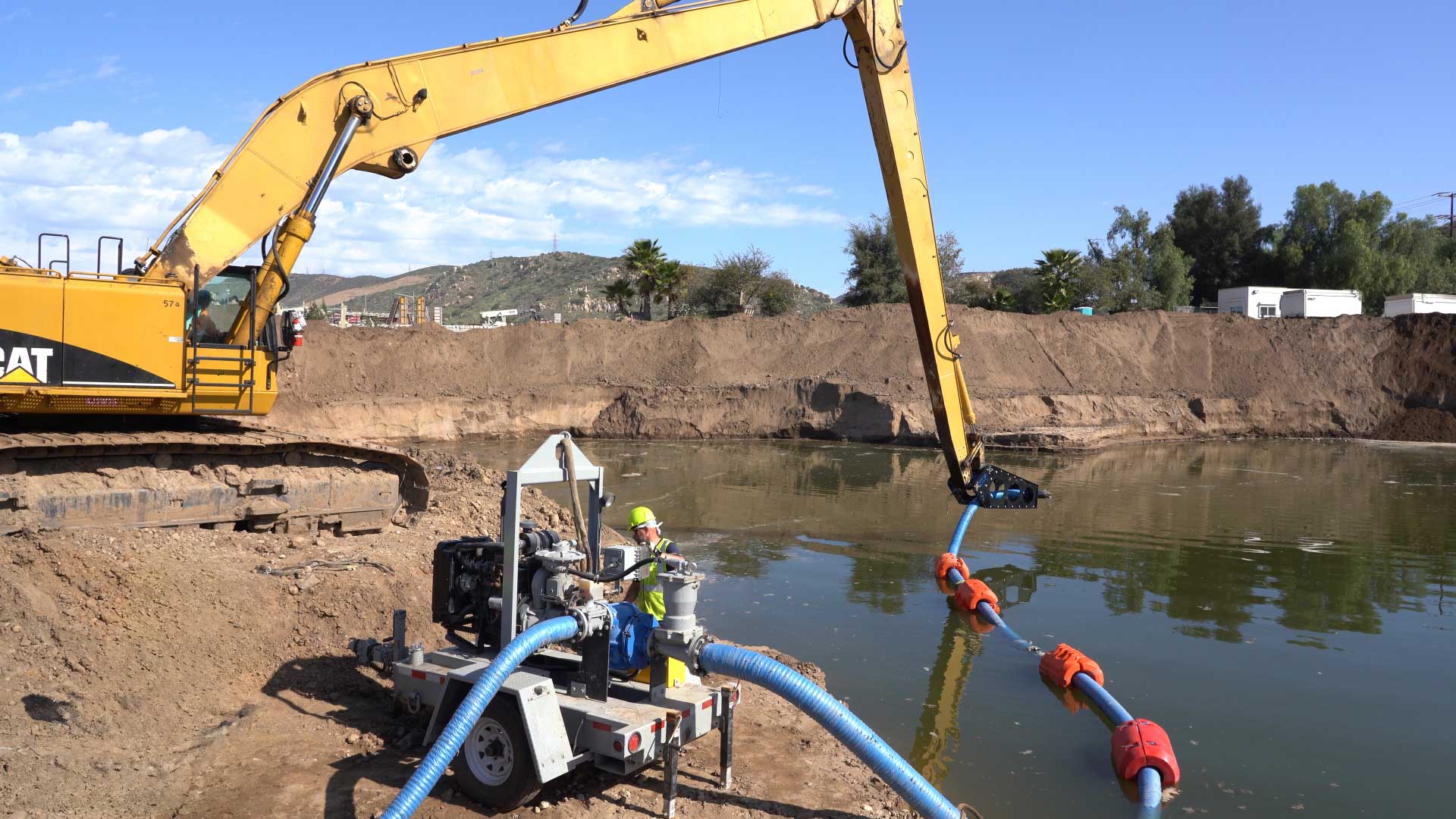
One of the most critical parameters in designing systems with self priming pumps is suction lift. While these pumps can pull fluids from below the pump centerline, excessive lift height limits the pressure available for priming. To maintain efficiency, engineers often recommend keeping vertical suction lift between 15 and 20 feet, a key consideration when sizing systems that use self priming centrifugal pumps in remote or high-demand areas.
In rugged field applications such as mining pits, wastewater bypasses, or stormwater removal, self priming trash pumps offer an ideal solution. These pumps are specifically built to handle debris-laden fluids and function well under variable suction conditions. Due to their robust design, self priming trash pumps are frequently used in municipal and construction projects where rapid deployment and priming are necessary.
When evaluating NPSH, it’s vital to compare the system’s NPSHa against the pump’s NPSHr to avoid cavitation, especially in high-volume applications involving self priming centrifugal pumps. Cavitation can erode internal components and reduce the lifespan of equipment. For optimal system performance, engineers must consider factors such as suction line friction, elevation changes, and vapor pressure. This is particularly crucial when designing long piping systems or those handling heated or corrosive fluids.
Self-priming setups that include horizontal suction runs or multiple fittings are especially vulnerable to suction losses. In such configurations, both self priming centrifugal pumps and self priming trash pumps must be positioned strategically to minimize turbulence and maintain suction pressure. Choosing the right pipe diameter and minimizing the use of elbows are key design decisions.
Site elevation is another major factor. At higher altitudes, lower atmospheric pressure affects the suction performance of self priming pumps. To compensate, engineers may choose to derate pump capacity or increase suction pipe size. This adjustment becomes even more important in elevated regions where self priming centrifugal pumps are installed to handle continuous operation.
Whether used in emergency flood mitigation, industrial slurry transfer, or municipal lift stations, both self priming trash pumps and self priming centrifugal pumps depend on careful NPSH and elevation design. With the right setup, self priming pumps can offer long-term efficiency, faster priming cycles, and reduced maintenance requirements.
Pipe Sizing and Material Selection for Suction Lines
Effective suction piping design is fundamental to the successful operation of self priming pumps. The diameter, length, and material of the pipe all influence how efficiently fluid reaches the pump and how quickly the pump can prime. Improper sizing or incompatible materials may lead to increased friction loss, air leaks, or reduced suction head, all of which undermine the performance of self priming pumps in field applications.
Pipe sizing must strike a balance between low friction loss and practical installation constraints. Undersized piping causes high velocity, which increases turbulence and air entrainment. Oversized piping may reduce velocity too much, slowing the priming process. As a general guideline, the suction line diameter should be at least equal to, or preferably larger than, the pump inlet. This promotes smoother flow and prevents the pump from struggling during the priming cycle. Systems using self priming pumps benefit from consistent velocity control and minimal pressure drop across the suction line.
Material compatibility is another major consideration. Pipes used with self-priming pumps must be rigid, airtight, and resistant to corrosion or wear, depending on the pumped media. For example, in wastewater or stormwater handling where self priming trash pumps are common, HDPE and PVC offer durability and chemical resistance while being easy to assemble in the field. In industrial settings where high temperatures or chemicals are present, steel or fiberglass-reinforced piping may be necessary to maintain the system’s integrity.
Flexible hoses should be avoided whenever possible, especially on the suction side of self priming pumps. These can collapse under vacuum conditions or develop microscopic air leaks, which can delay or interrupt the priming sequence. Even a small loss of vacuum can prevent self priming pumps from drawing fluid properly. Using rigid, well-supported pipe reduces these risks and extends pump life.
Another crucial aspect is the placement of valves and fittings. Check valves installed near the pump inlet are essential for retaining fluid during shutdown, thereby reducing the time required for the next priming cycle. Isolation valves allow for easy maintenance and should be placed where flow disruption is minimal. However, each added valve, or elbow introduces potential turbulence and friction. In systems using self priming centrifugal pumps, it is especially important to maintain a smooth, unobstructed path to prevent NPSH-related performance loss.

By optimizing pipe size, choosing the right material, and minimizing disruptions in the suction path, engineers can maximize the reliability and efficiency of self priming pumps across a variety of applications. Whether for portable pumps on a job site or permanent municipal installations, proper suction line design sets the foundation for trouble-free operation.
Preventing Vapor Pockets and Suction Line Blockage
The formation of vapor pockets and blockages in the suction line can severely hinder the performance of self priming pumps. These issues are typically caused by improper pipe routing, accumulation of debris, or the presence of high points where air becomes trapped. Preventing such conditions is essential to ensure consistent priming, efficient fluid transfer, and long-term pump reliability.
Self priming pumps rely on creating a vacuum to draw fluid into the casing during startup. Any trapped air in the suction line can disrupt this process by forming vapor locks that resist fluid flow. A well-designed piping system minimizes elevation changes and avoids unnecessary bends that could allow air to accumulate, thereby ensuring optimal performance. For best results, suction lines should slope upward toward the pump, promoting the natural evacuation of air during the priming phase.
In applications using self priming trash pumps, suction blockages often result from solids or fibrous materials lodging in the pipe. These pumps are designed to handle such materials, but proper screening and line maintenance are still required. Installing a strainer at the suction inlet prevents large debris from entering the pipe and obstructing the priming flow. Keeping the suction line clean and clear directly supports the priming efficiency of self priming pumps, especially in high-demand environments like construction dewatering or wastewater transfer.
Vapor formation can also occur due to high fluid temperatures or low suction pressure. In such cases, the fluid vaporizes before reaching the pump, forming bubbles that reduce the suction head. Systems using self priming centrifugal pumps are especially vulnerable to this, as cavitation caused by vapor pockets can erode impellers and degrade pump components. To avoid this, the system must maintain sufficient NPSHa and limit suction line restrictions.
Periodic inspection of the entire suction system is critical. Loose fittings, worn gaskets, or cracked pipes can introduce air into the system, leading to recurring priming failures. Because self priming pumps depend on airtight conditions for priming, even small leaks can cause significant downtime. Routine maintenance and proper sealing techniques ensure the system remains airtight, preventing unintentional air ingress.
Where suction lines must traverse long distances or pass through multiple elevation changes, air release valves may be strategically placed to vent trapped air. This setup can be particularly beneficial in permanent installations using self priming centrifugal pumps for irrigation, chemical transfer, or municipal operations. When designed and maintained correctly, such systems help maintain uninterrupted priming performance and flow reliability.
With a proactive design approach and consistent line monitoring, vapor pockets, and blockages can be effectively mitigated. This ensures self priming pumps operate smoothly, even in challenging suction conditions.
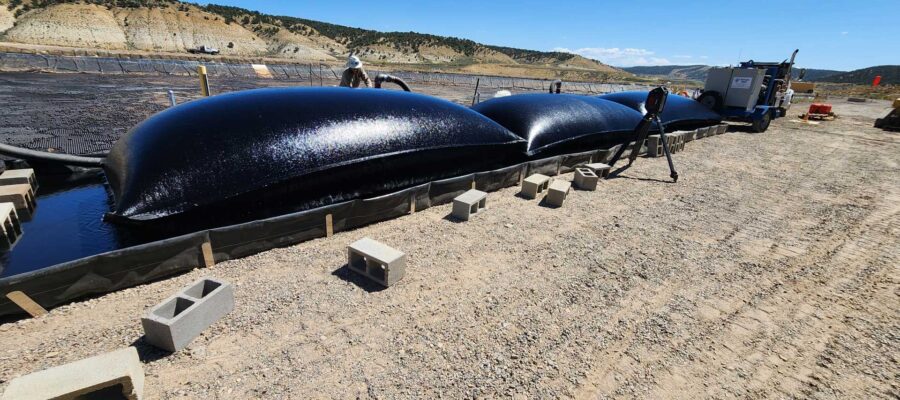
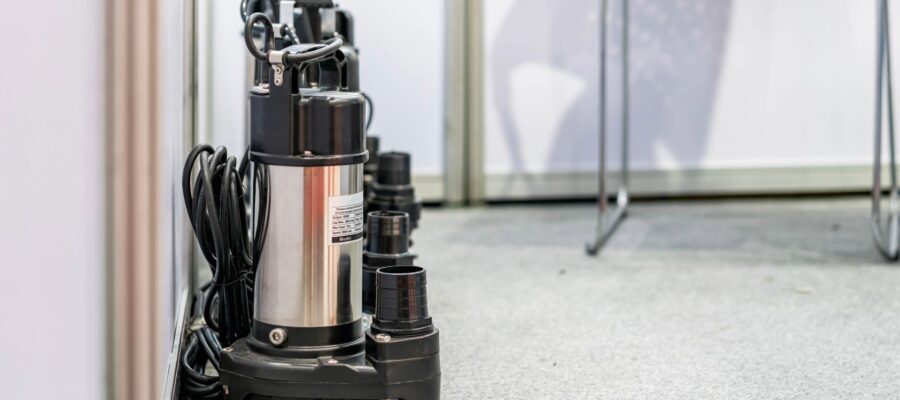

Post a Comment